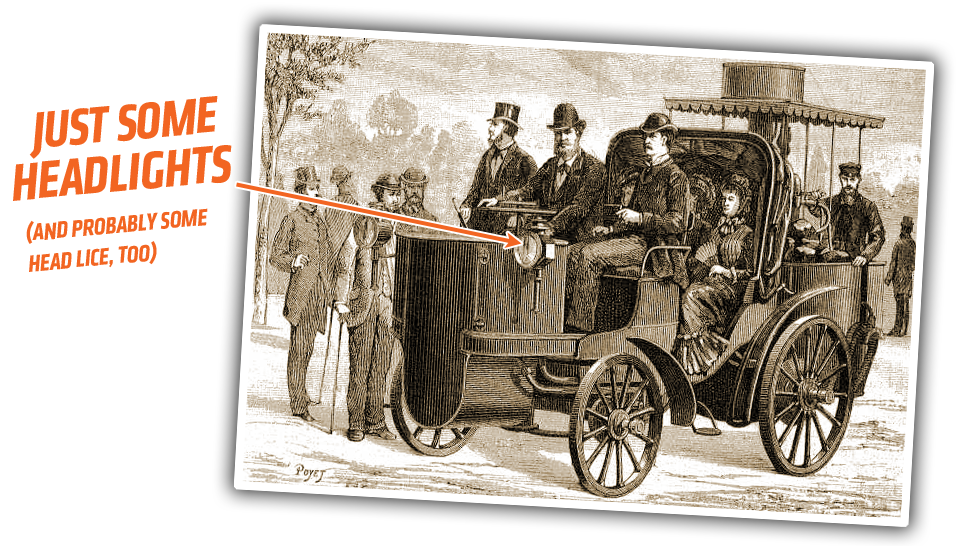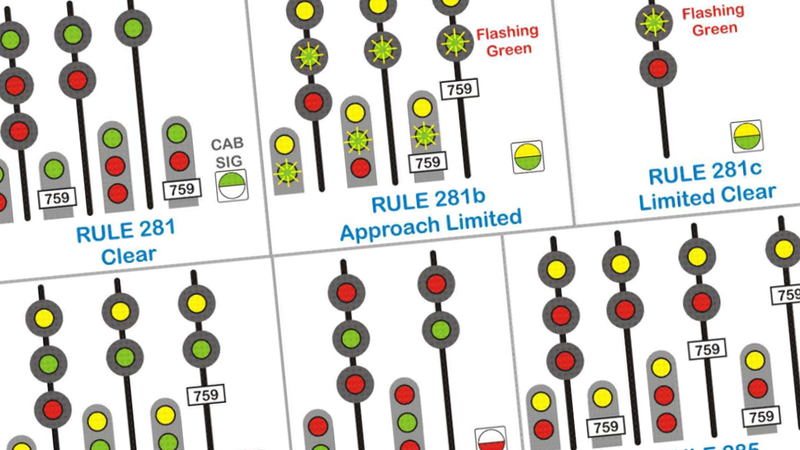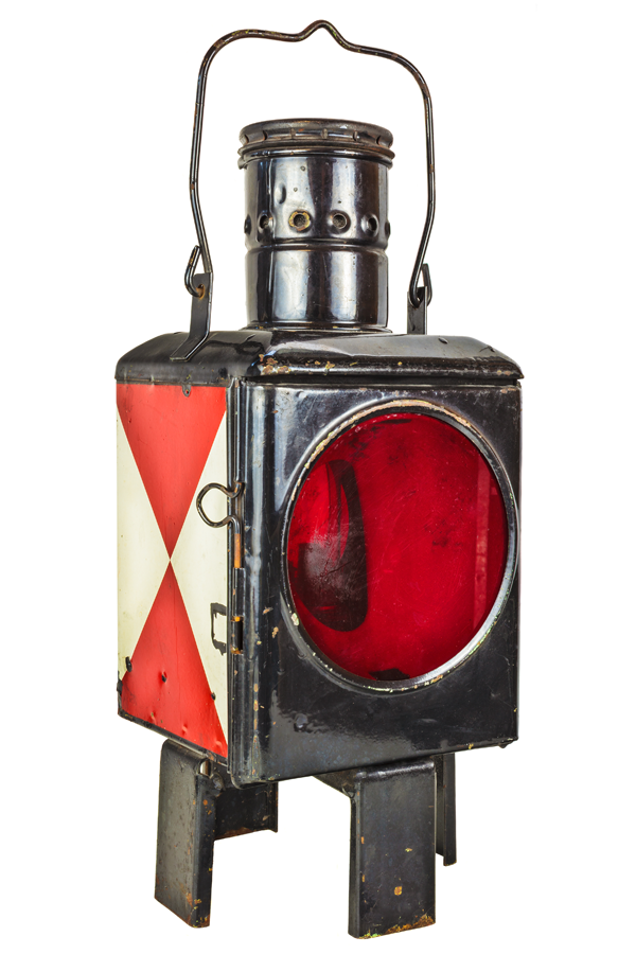There’s a lot of things in life we’re so used to, it’s hard to imagine that they’re not just some law of nature, like gravity or running water over the toothpaste on your toothbrush to ‘set’ it. One of these fundamentals is the fact that the rear of cars have red lights on them. But why, exactly, is that? Why red, and not yellow, or blue? Let’s find out.
Unlike many vehicular lighting standards, the fundamental division of white lights front/red lights rear actually goes quite far back. Initially, in the very very infancy of motorized transportation, say in the early 1800s, the only lights a motor carriage was likely to have would be simple clear lanterns for improved forward vision. If you look at really early steam cars like an
1870s Bollée, for example, you see it just has a pair of white (well, probably more yellowish, depending on what was being combusted to make the flame) lamps, for visibility only.
Lights at the rear would only really be necessary when you actually had a communication need to other vehicles, and in these early stages of motoring, that hadn’t really been considered yet. But it soon did become an issue, just not exactly with cars. The first need for visual vehicular communication came from the car’s more
rapidly maturing brother, the train.
Trains, which became commercially viable long before their trackless siblings and which by their nature required a greater degree of organization and signaling, soon began to use lanterns and lamps to communicate between train cars, switching stations, railroad workers, and the like.
In fact, most of the key colored-light standards we use today came from railroad developments. Take the now wildly standard red-stop/green-go dichotomy.
That came from railroad signals. Red seems to have been chosen from its centuries-old association with danger, which shows up in nature as well — many poisonous berries and insects are bright red, and you can’t forget that one of our most basic visual associations of danger — large splashes of blood — are quite red as well. Red is noticeable, and we seem to have some natural pre-disposition to read it as an alarm color.
Now, originally, the ‘go’ color was just a white lantern, but an incident in 1914 where a red lens fell out of a lantern and caused a train to go instead of stop, causing a wreck, soon proved the problems there.
Originally, green was used to signal ‘caution’ but the need to differentiate ‘go’ from a simple white light caused the job change of green to mean go. Yellow seems to have been picked for ‘caution’ because of its easy visibility and distinguishability from the other two colors.
Okay, so that gets us to understand stop and go, but why is red also used to signify the rear of a vehicle?
This also comes from railroads. There was a marker light system for trains, and the rules stipulated that there must be a
red marker light to delineate the end of a train. There were white-green-red marker light systems for trains that indicated other more train-specific things, but we’ll just stick with this, since this seems to be the origin of the red-light-on-the-rear standard for motor vehicles.
The reason why red was chosen for this isn’t exactly clear, but I have some theories. First, there’s an implicit ‘stop’ message you’d like to send from the rear of any moving vehicle, to prevent vehicles behind you from, you know,
not stopping. And secondly — and maybe more important to late 1800s railroad operators — there’s cost. Why go through the expense and hassle of introducing a new light color (say, orange or blue) when you already were ordering and using red-lensed lanterns?
So, when car makers finally started to realize that there was enough traffic to merit some basic form of car-to-car communication, they started marking the rears of their vehicles with red lamps, using the only existing motor vehicle standard as a template, trains. Usually solitary lamps at first, and as electrical lighting took over, we started to see the inclusion of red STOP lamps as well. Dual rear lights didn’t really become all that common until electric blinking turn signals started to become common, in the late 30s or so.
So, cars have red glowing asses as a direct inheritance from the car’s direct ancestor, the train. It’s worth remembering that trains, in many ways, are just an early evolutionary branch off the same tree that cars came from, and it makes sense some of their DNA is still found in modern cars today.

 . I should probably have said "people not in/on self-driving vehicles".
. I should probably have said "people not in/on self-driving vehicles".



